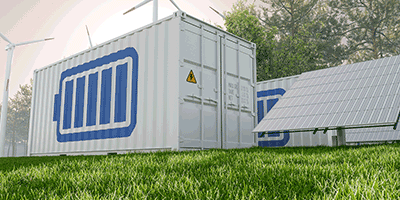Charging companies that provide and install charging stations may also provide opportunities for investment.
Public charging infrastructure is an expensive proposition. The all-in cost of a commercially viable Level 2 charger is about $8,000 to $12,000. For a Level 3 charger, the cost starts at around $25,000 and can be double that amount for a high-end version. There are various revenue models to pay for it all, including free-to-charge, ad-based and pay-to-charge options. But investors are leaning toward a pay-to-charge model, in which emerging charging companies like FreeWire Technologies, EVgo and EVBox (as well as more established charging station providers) can provide significant opportunities.
Additionally, both at-home and public charging infrastructure will require maintenance services, presenting another investment route.






